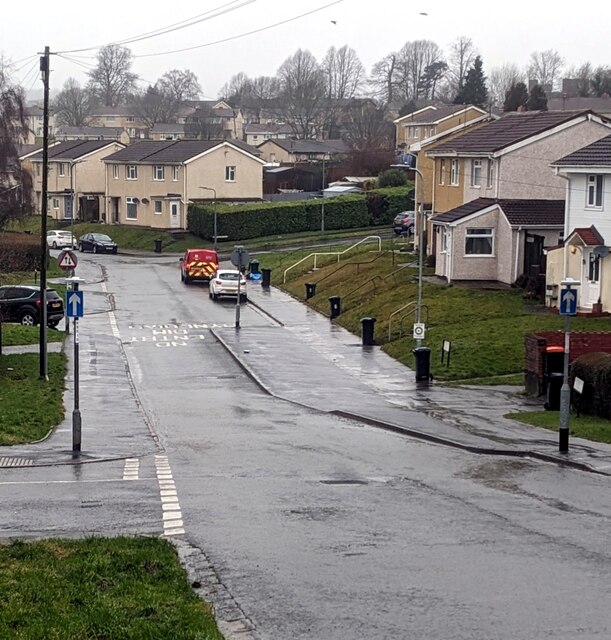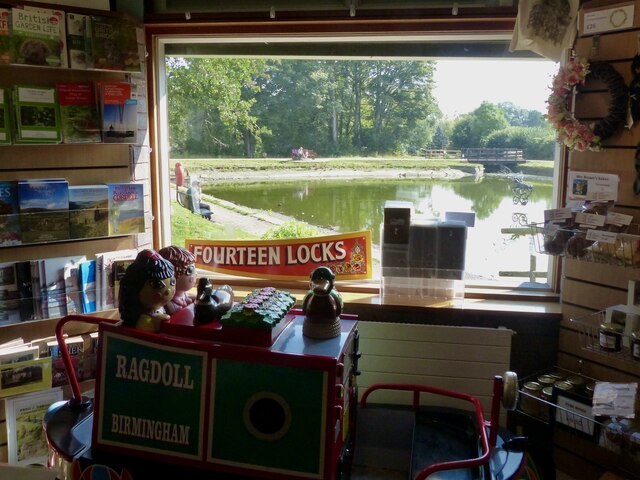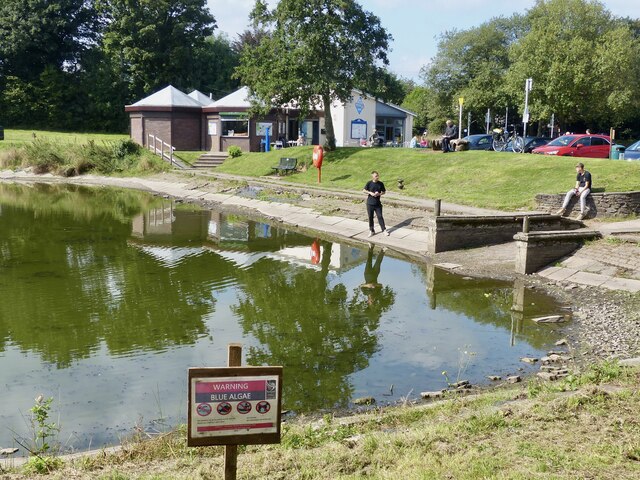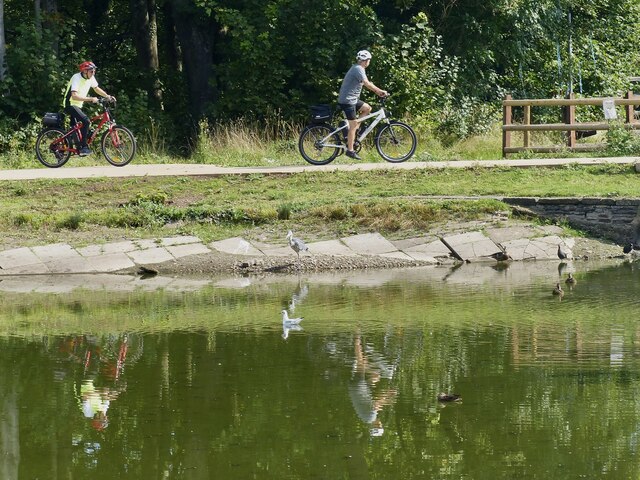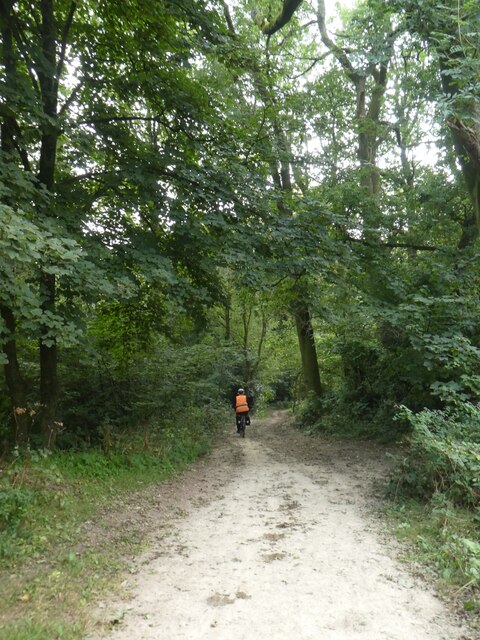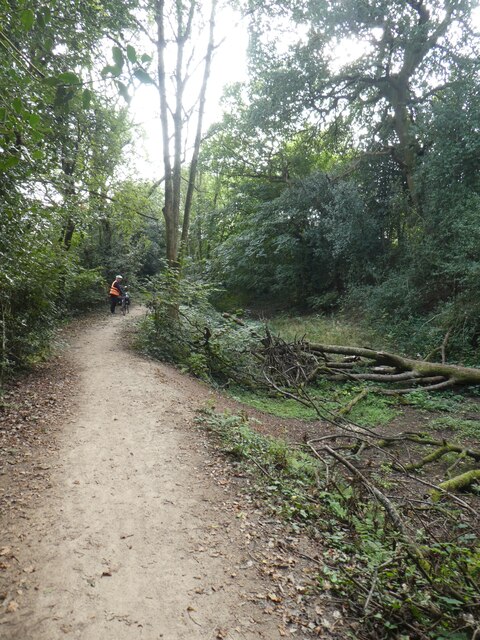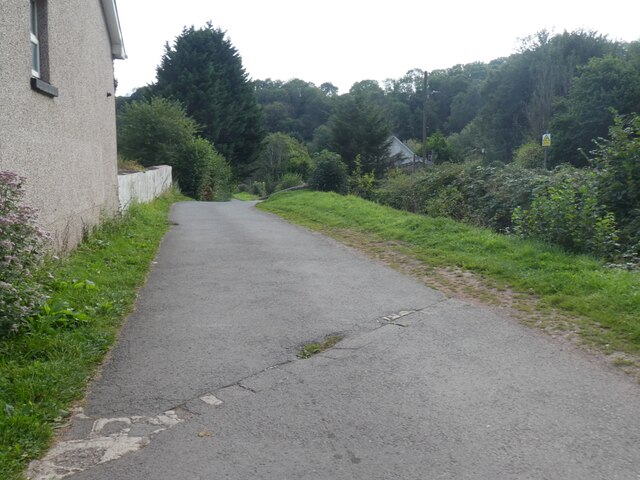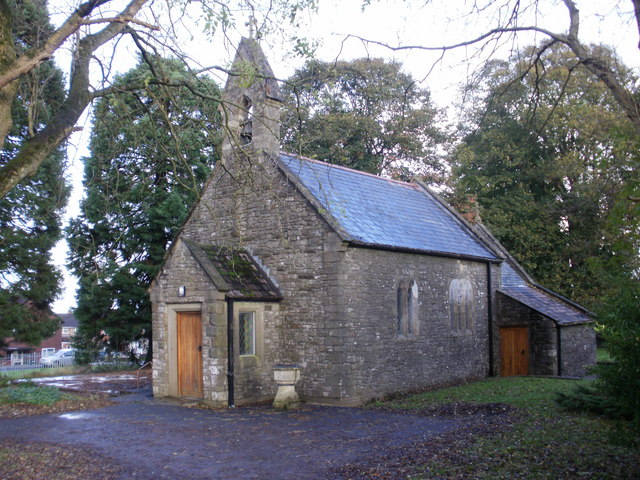Coed Kemeys
Wood, Forest in Monmouthshire
Wales
Coed Kemeys
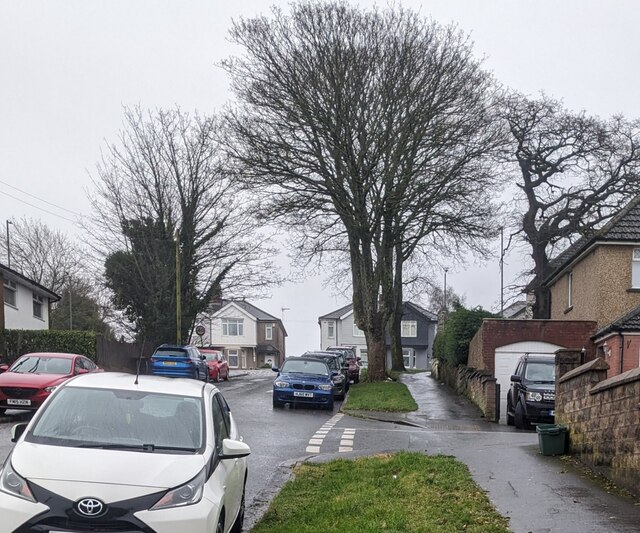
Coed Kemeys is a picturesque woodland located in Monmouthshire, Wales. Covering an area of approximately 30 hectares, this enchanting forest is a haven for nature enthusiasts and those seeking tranquility amidst a lush green setting.
The woodland is predominantly composed of native tree species, including oak, beech, and birch, which create a diverse and vibrant ecosystem. These trees provide a habitat for a wide variety of wildlife, such as birds, squirrels, and deer, making it an ideal destination for birdwatchers and animal lovers.
Coed Kemeys offers a network of well-maintained walking trails, allowing visitors to explore the forest and enjoy its beauty at their own pace. The paths wind through the forest, providing glimpses of sunlight filtering through the canopy and highlighting the natural beauty of the surroundings. There are also picnic areas and benches dotted throughout the woodland, inviting visitors to relax and soak in the peaceful atmosphere.
In addition to its natural charm, Coed Kemeys has historical significance. The woodland was once part of the estate of Kemeys House, a grand mansion that stood nearby. Although the house no longer exists, remnants of its past can be found in the form of old stone walls and structures within the forest, adding an element of intrigue and nostalgia to the area.
Coed Kemeys is a hidden gem in Monmouthshire, offering a serene and idyllic setting for those seeking a peaceful escape into nature. With its rich biodiversity, well-maintained trails, and historical significance, this woodland is a must-visit destination for anyone looking to reconnect with the natural world.
If you have any feedback on the listing, please let us know in the comments section below.
Coed Kemeys Images
Images are sourced within 2km of 51.604117/-3.0226265 or Grid Reference ST2989. Thanks to Geograph Open Source API. All images are credited.
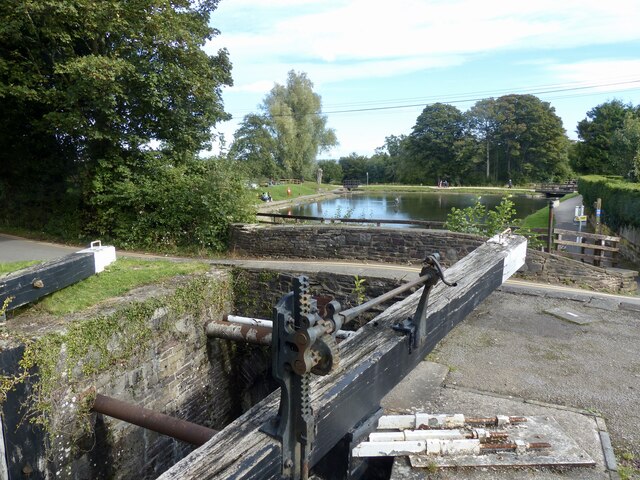
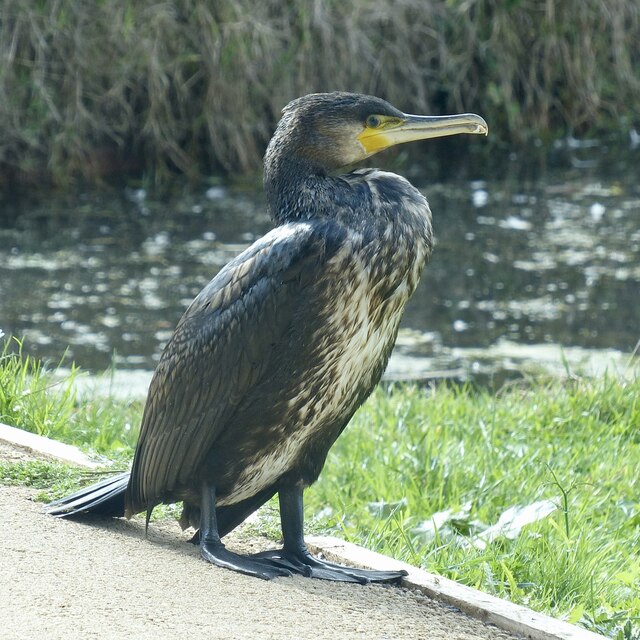
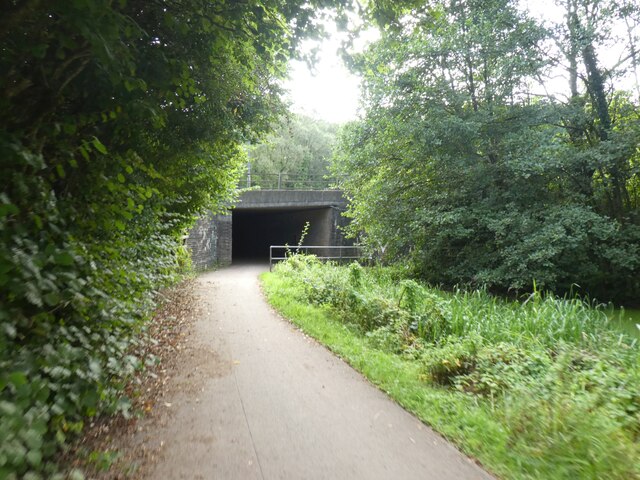
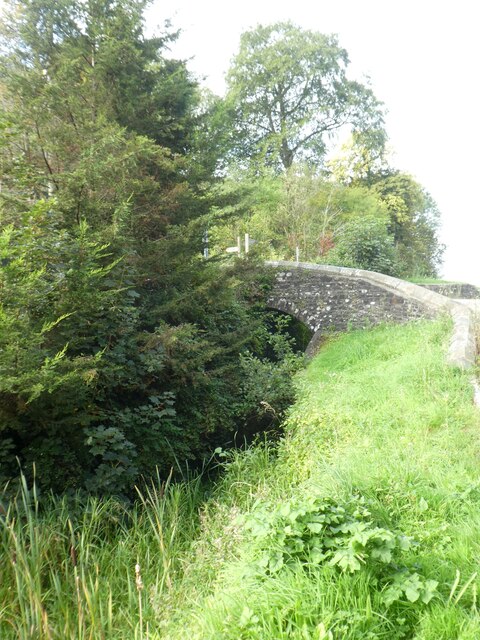
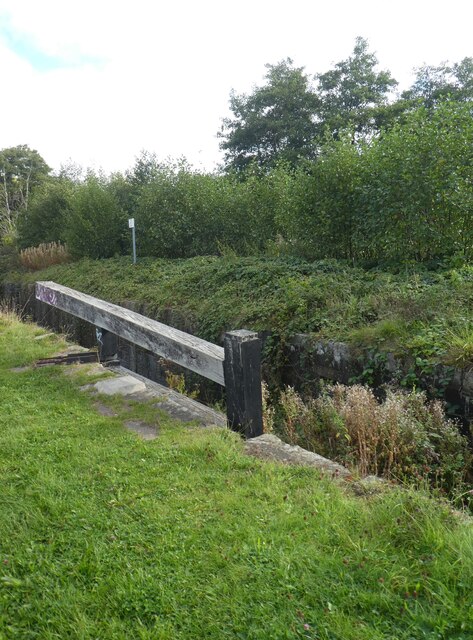



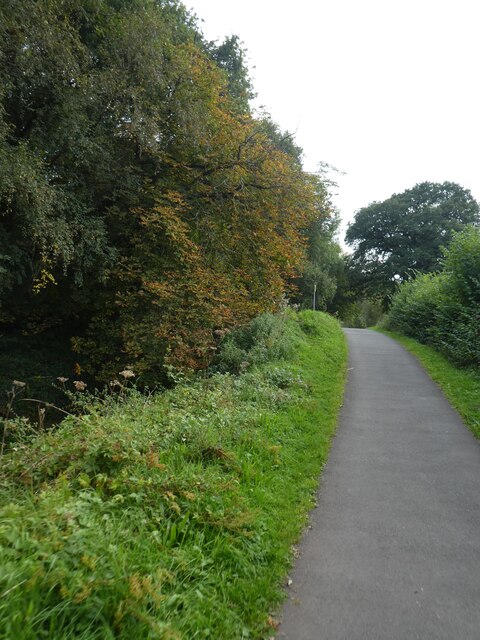
Coed Kemeys is located at Grid Ref: ST2989 (Lat: 51.604117, Lng: -3.0226265)
Unitary Authority: Newport
Police Authority: Gwent
What 3 Words
///bared.simple.speech. Near Newport
Nearby Locations
Related Wikis
Newport High School (Wales)
Newport High School (Welsh: Ysgol Uwchradd Casnewydd) is a co-educational secondary school in the Bettws district of the city of Newport, South Wales,...
Bettws, Newport
Bettws (Welsh: Betws) is a large modern housing estate, electoral ward and coterminous community (parish) of the city of Newport, South Wales. == Etymology... ==
Raglan Barracks, Newport
Raglan Barracks is a military installation at Barrack Hill in Allt-yr-yn in Newport, Wales. == History == The barracks were built as a cavalry barracks...
Malpas, Newport
Malpas is an electoral district (ward) and coterminous community (parish) of the city of Newport, South Wales. The area is governed by the Newport City...
Barrack Hill
Barrack Hill is an area in Newport, Wales, in the suburb and electoral ward and coterminous community parish of Allt-yr-yn. It is most well known for...
Allt-yr-yn
Allt-yr-yn (Welsh: Allt-yr-ynn) is a suburb of the city of Newport, south-east Wales. == Name == Pronounced by English-speaking locals as "Olt-er-reen...
Shaftesbury, Newport
Shaftesbury is a community (civil parish) and coterminous electoral district (ward) of the city of Newport, South Wales. The community is bounded by the...
Brynglas
Brynglas is an area of the city of Newport, South Wales, United Kingdom. == Location == Brynglas is situated above the M4 motorway in Newport and famous...
Nearby Amenities
Located within 500m of 51.604117,-3.0226265Have you been to Coed Kemeys?
Leave your review of Coed Kemeys below (or comments, questions and feedback).
